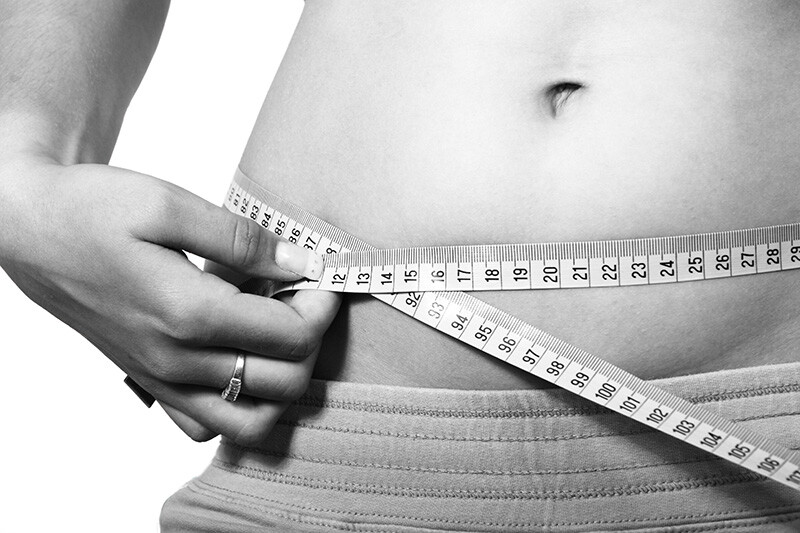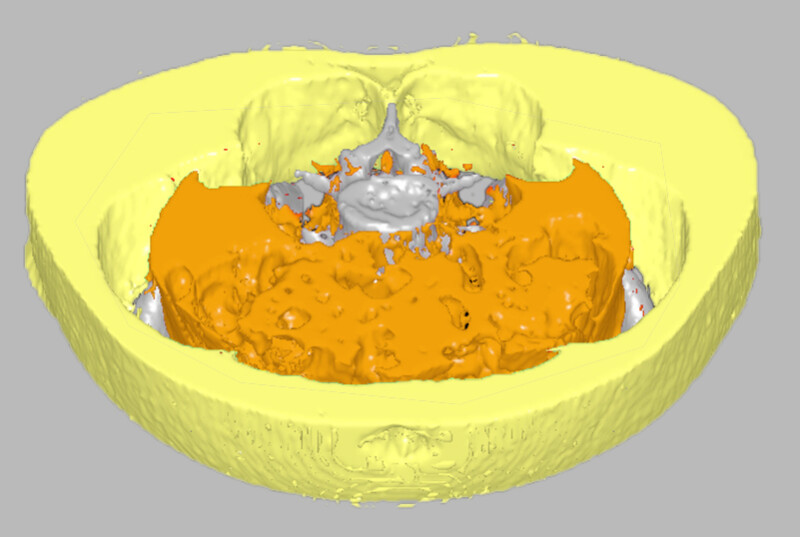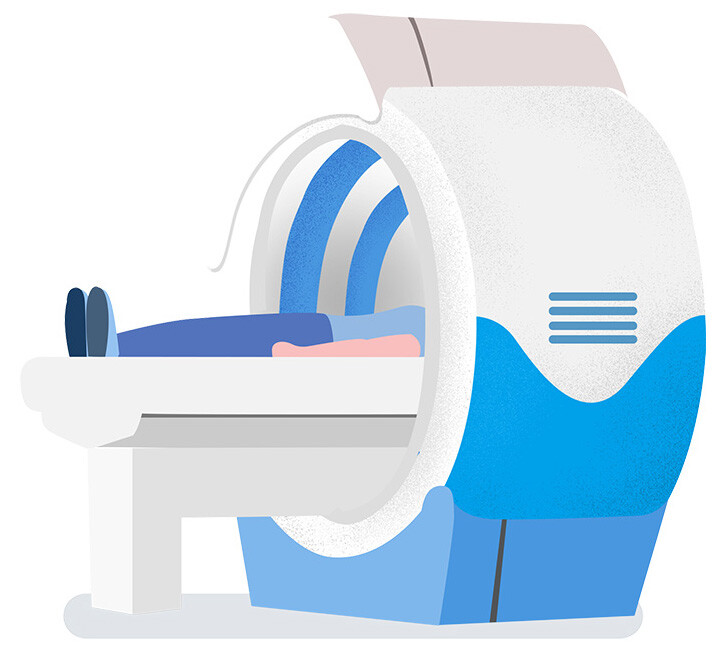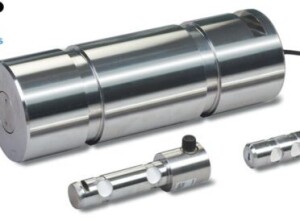Charder Electronic Co, Ltd. (Taiwan) - Body Fat Percentage is an easy way to evaluate your fat level, but an equally important measurement is visceral fat, which can be hard to determine from the outside. It's quite possible for someone to look relatively normal on the outside and be "moderately overfat" when it comes to overall body fat level, while in fact, their visceral fat needs to be controlled to minimize health risks!
What is Visceral Fat?
Visceral Fat is the fat that wraps around the organs in your abdominal area deep within the body. (compared to subcutaneous fat, which is the more noticeable fat beneath your skin) Too much fat in general can be bad for your health - but compared to subcutaneous fat, excessive visceral fat is more likely to increase your chances of developing serious obesity-related medical issues.
Why is Bioelectrical Impedance Analysis (BIA) a good way to measure Visceral Fat?
Using the right device, BIA can be a quick, inexpensive, safe, and reliable method of calculating body fat. By combining input data (ex: age, height, gender) with measured data (weight, bioelectrical impedance), BIA devices can calculate your body fat, water, muscle, and other data! However, the accuracy of BIA devices can vary, so be careful to use the right one! Ideally, the manufacturer should have extensive BIA-related research experience, with accuracy validated in international journals.
Charder's Body Composition Analyzers provide a Visceral Fat estimation that has high correlation with CT scans in our validation studies. We'd recommend completing a BIA scan that includes Visceral Fat at least once every two weeks, to track your body composition measurements and see if things are trending in the right direction.
What other options are there?
The most accurate way to measure Visceral Fat is through (expensive) imaging tests such as a CT or MRI scan. Even if you can afford it, these scans aren't always an option for everyone: the radiation from CT tests is low, but makes regular weekly or monthly measurement a bad idea. And if you have certain metal implants in your body, you cannot conduct a MRI measurement, if your implants aren't certified as "MRI-safe"!
There are a few other common methods to evaluate fat level, but their level of accuracy can be inconsistent:
(1) Waist circumference:
Waist size is pretty straightforward: wrap a tape measure around your waist over the belly button (don't suck in your stomach!) The World Health Organization advises that a waist circumference of more than 88 cm / 35 inches (women) and 102 cm / 40 inches (men) is a potential sign of much higher risk for obesity-related health problems. [1] Of course, this is a fairly simplified estimation method, and may not be very accurate, especially if you're a larger person.
(2) Body Mass Index (BMI):
To calculate BMI, measure your height (in centimeters) and weight (in kilograms), and input into a BMI calculator. In contrast to weight measurement, BMI helps evaluate your fat level more accurately by normalizing it based on your height (100 kg might be a lot for someone who stands at 150 cm, but quite reasonable for someone 200 cm tall!) Of course, there are two problems with this method - it doesn't distinguish between fat and muscle (and thus might consider heavily muscular athletes as "obese"), and also doesn't target visceral fat specifically.
How can I get rid of excess Visceral Fat?
There are no special tricks to reducing Visceral Fat - just follow normal advice for getting leaner and fitter! Eating smart is key: try to avoid heavily processed foods, and sugary drinks in particular when possible! Weight loss occurs through your diet, rather than exercise - but exercise will help keep the weight off after you lose it! Every bit helps - take a walk after dinner, and choose the stairs over an elevator when you can. Try to get at least 30 minutes of exercise (even if it's a light workout) each day, including a level of weight training that's suitable for your body.
[1] WHO. Obesity: Preventing and managing the global epidemic. Report of a WHO Consultation (TRS 894). Geneva, World Health Organization (WHO), 2000a.




























Interested? Submit your enquiry using the form below:
Only available for registered users. Sign In to your account or register here.